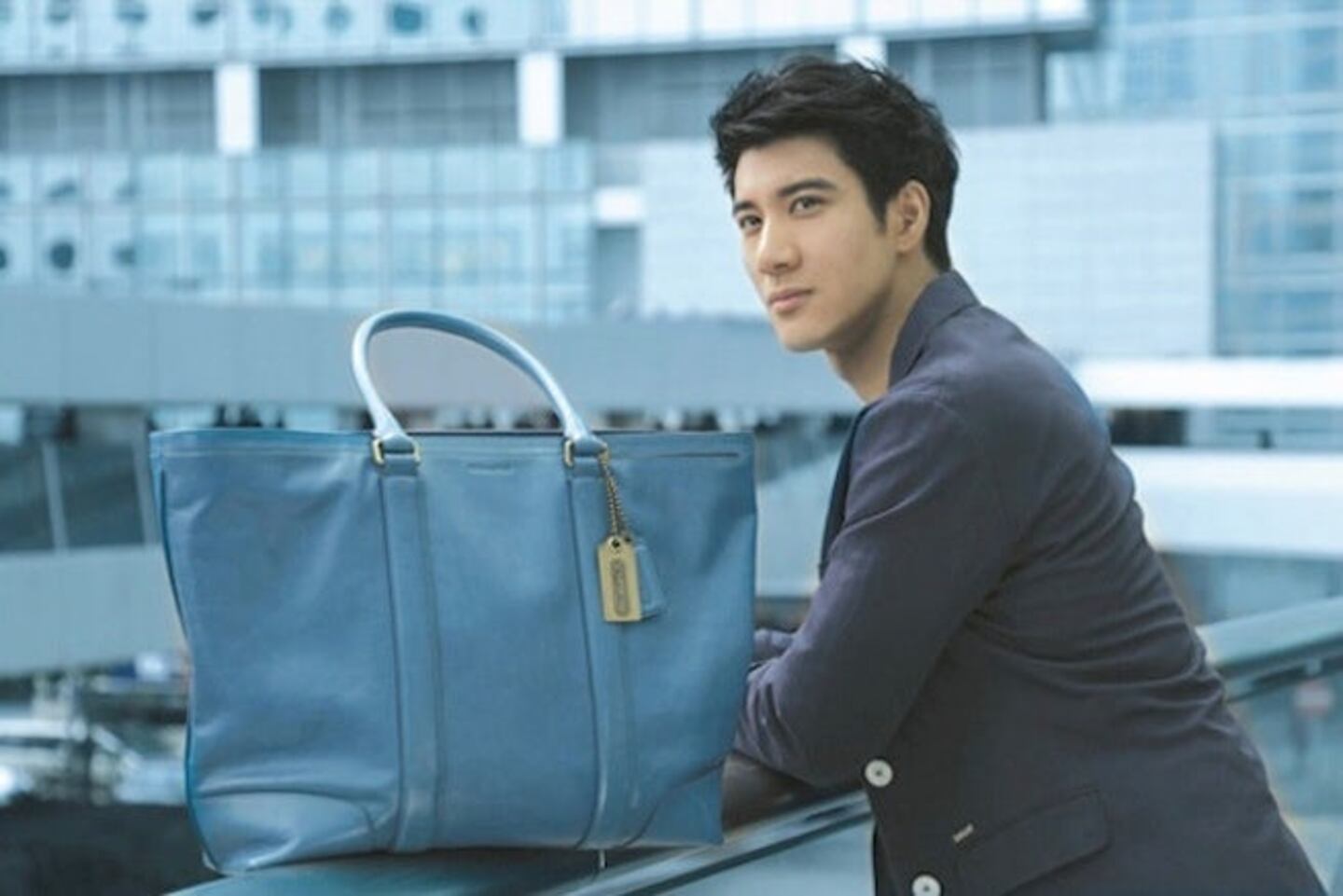
The Business of Fashion
Agenda-setting intelligence, analysis and advice for the global fashion community.

Agenda-setting intelligence, analysis and advice for the global fashion community.

"Accessible Luxury: The Mainland’s New Market Mover?” (Jing Daily)
"A few years ago, the concept of “accessible luxury” as a market mover in China was little more than a dot on the horizon. Today, the situation couldn’t be more different. Accessible luxury brands (and traditional luxury brands that have expanded into the accessible luxury sector) have seen significant growth marked by rapid and profitable retail expansion, increased e-commerce sales, a loyal following of new middle-class customers, and renewed interest and sales from older, wealthier “legacy” customers. Historically, the luxury segment in China has been dominated by established European labels selling premium and ultra-luxury products to well-heeled Chinese consumers. But with urban professional income in tier-one and tier-two cities like Shanghai and Suzhou ranging from $15,000 to $100,000 per year, and urban per-capita income around $4,000 to $6,000 per year, a large new group of middle class consumers–some 300 million of them–have emerged to seek luxury and accessible luxury products."
"Mapping China's Middle Class” (McKinsey Quarterly)
"The explosive growth of China’s emerging middle class has brought sweeping economic change and social transformation—and it’s not over yet. By 2022, our research suggests, more than 75 percent of China’s urban consumers will earn 60,000 to 229,000 renminbi ($9,000 to $34,000) a year. In purchasing-power-parity terms, that range is between the average income of Brazil and Italy. Just 4 percent of urban Chinese households were within it in 2000—but 68 percent were in 2012.2 In the decade ahead, the middle class’s continued expansion will be powered by labor-market and policy initiatives that push wages up, financial reforms that stimulate employment and income growth, and the rising role of private enterprise, which should encourage productivity and help more income accrue to households.3 Should all this play out as expected, urban-household income will at least double by 2022."
ADVERTISEMENT
"Kering Takes New Luxe to China” (FT)
"When PPR officially changes its name to Kering next week, under an owl logo, it will become 'Kai Yun' in Chinese, meaning 'open sky,' a synonym for good luck. But according to Chiang Jeongwen, marketing professor at Ceibs, the business school, the Chinese luxury market is at 'a critical juncture.' Big brands, such as Kering's Gucci and Louis Vuitton (owned by French rival LVMH) are finding it harder to balance desirability and accessibility, following rapid expansion into second- and third-tier Chinese cities. 'When you start to see every lady carrying a Gucci bag, you quickly lose the high-end customer,' he says. Government edicts against ostentatious gift-giving have also cast a shadow over some companies' short-term sales. The combination is testing Kering's distinctive devolved management model, under chief executive and lead family shareholder François-Henri Pinault... The structure reflects the operating autonomy Kering offers its subsidiaries, which it calls 'freedom within a framework.'"
"The Great Race for China's Online Fashion Market” (South China Morning Post)
"While the US has the largest and most established e-commerce market in the world, it's no secret that Asia and, specifically, China, is catching up fast. A MasterCard survey in November and December found that Chinese internet users shop online the most. When it comes to fashion retail, the strongest interest comes from China (54 per cent), followed by Thailand and South Korea. By the end of 2016, China's e-commerce is predicted to be worth 2.8 trillion yuan (HK$3.5 trillion). With such promising figures, it's no surprise that established Western fashion e-tailers have turned their focus to this part of the world. In the past year we have seen popular websites such as Net-a-Porter.com open an Asia-based fulfilment centre to serve its customers better, while Shopbop.com and Yoox.com have also launched dedicated Chinese sites. However, what they didn't bargain for was fierce competition from their Asian counterparts."
Lina Lee is on vacation.
With consumers tightening their belts in China, the battle between global fast fashion brands and local high street giants has intensified.
Investors are bracing for a steep slowdown in luxury sales when luxury companies report their first quarter results, reflecting lacklustre Chinese demand.
The French beauty giant’s two latest deals are part of a wider M&A push by global players to capture a larger slice of the China market, targeting buzzy high-end brands that offer products with distinctive Chinese elements.
Post-Covid spend by US tourists in Europe has surged past 2019 levels. Chinese travellers, by contrast, have largely favoured domestic and regional destinations like Hong Kong, Singapore and Japan.